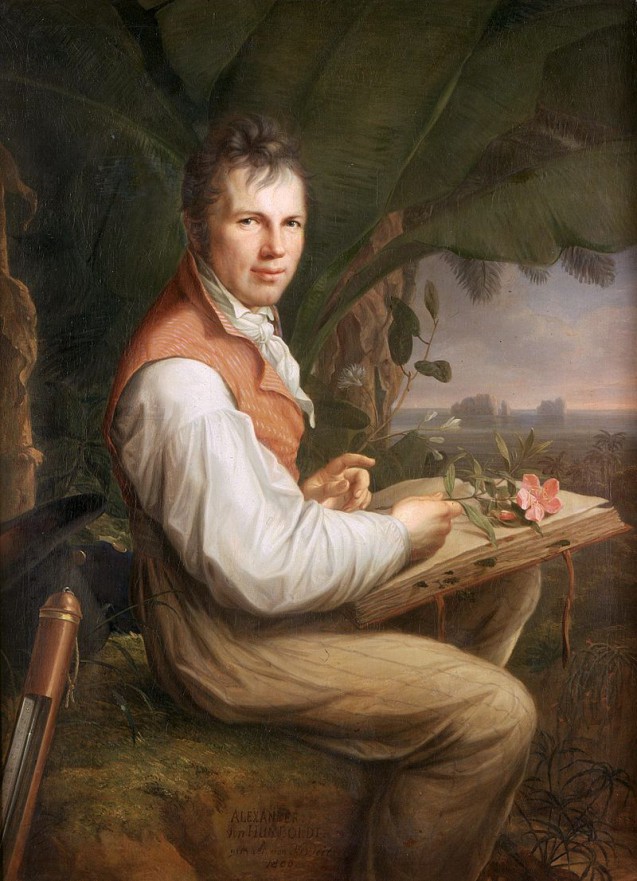Napoleon
[Dated Tuesday 26 December (6 Nivôse)]
I was attending the First Class at the Institut National when Bonaparte arrived, he having been accepted as a member of the institute the day before [5 Nivôse, ed.]. He arrived with Lacepède, the president, roughly in the middle of the session and his presence had no effect on the proceedings. Nonetheless, there were many spectators and all eyes were on him. He is small and lean, has a small head, and it seemed to me for such a figure his hands were small and delicate. His face is more oval than round and very spare. His hair is brown and thin. His forehead, as far as I could see from the hair over it, is flatter than it is prominent, and the arch of his eyebrows is strong, marked and well curved, such that his forehead protrudes above his nose. His eyes are large, deep-set and finely contoured, his nose curved, but not hooked, though it is cleanly and strongly contoured. His mouth and chin are very masculine, strong, and his chin is especially strong and roundly contoured. His upper lip stands out over the lower one and the line between the corners of his mouth and his nose is rather straight, though without giving an air of harshness or pride. As he is rather lean, his cheekbones are pronounced and all of the muscles of his face move when he speaks, even his nose, and to an astonishing degree. He often makes a blinking movement that makes his lower eyelid rise – a movement in common with Jacobi, though this does not evoke grandeur, but rather makes him look much smaller. He was dressed very simply, in a blue coat and overcoat with sleeves reaching almost his fingers, and in boots and spurs. His hair was in a pigtail and powdered. His physiology has nothing large about it, or heavy, or determined, and he seems to exude more intellectual than moral qualities. He seems calm, pensive, decisive, and, although he has a strong and justified pride, he seems relaxed, perceptive and very serious, as if he is committed only to his work, without any other penchants or interests. Sometimes his expression takes on a harder and cutting edge, especially when he is moving. It would be difficult to imagine him in an action, and even more difficult to imagine him enthusiastic. His face is quite modern, and in my opinion is more French than Italian. In terms of the intellectuality of his expression, he could be an example of the ideal of the modern.
Source: [Alexander] Wilhelm von Humboldt, Albert Leitzmann (ed.), Tagebuecher, Vol. 1, Berlin: B. Behr’s Verlag, 1916, p. 376.
Josephine
[Sunday 1 April, (12 Germinal, 1798)]
Jardin des plantes. – I myself, Bonaparte, his wife and her son, we found ourselves in front of the elephants. I talked a lot to his wife; she is extremely polite. She is small and has a pretty, delicate stature, her face must have been pleasant and gives an air of understanding as well as finesse. Nonetheless, she has a face of a woman of the world, one with a certain amount of experience. Her complexion is yellow. She must be over forty years old. She took pleasure from seeing my children and thought, when my son was speaking German, that he was English. She admired Li’s [Karoline’s, ed.] blond hair, stroked her head, and, with her hand on her hip, let her head rest under her arm. Bréa told me a story; he knew a woman who was a Creole, like Josephine, and comes from the same island. A fortune-teller had read their palms and told the former that she would marry a Frenchman – a Parisian more precisely – and that Mrs Bonaparte would become the Queen of France. And so she was given this nickname, as a joke. The first of these fortunes has come true. – David drove the Bonapartes.
Source: [Alexander] Wilhelm von Humboldt, Journal Parisien (1797-1799), Traduit par Elisabeth Beyer,
Actes Sud, 2001, p. 83.
Tr. T.A. ed. P.H. November 2015


